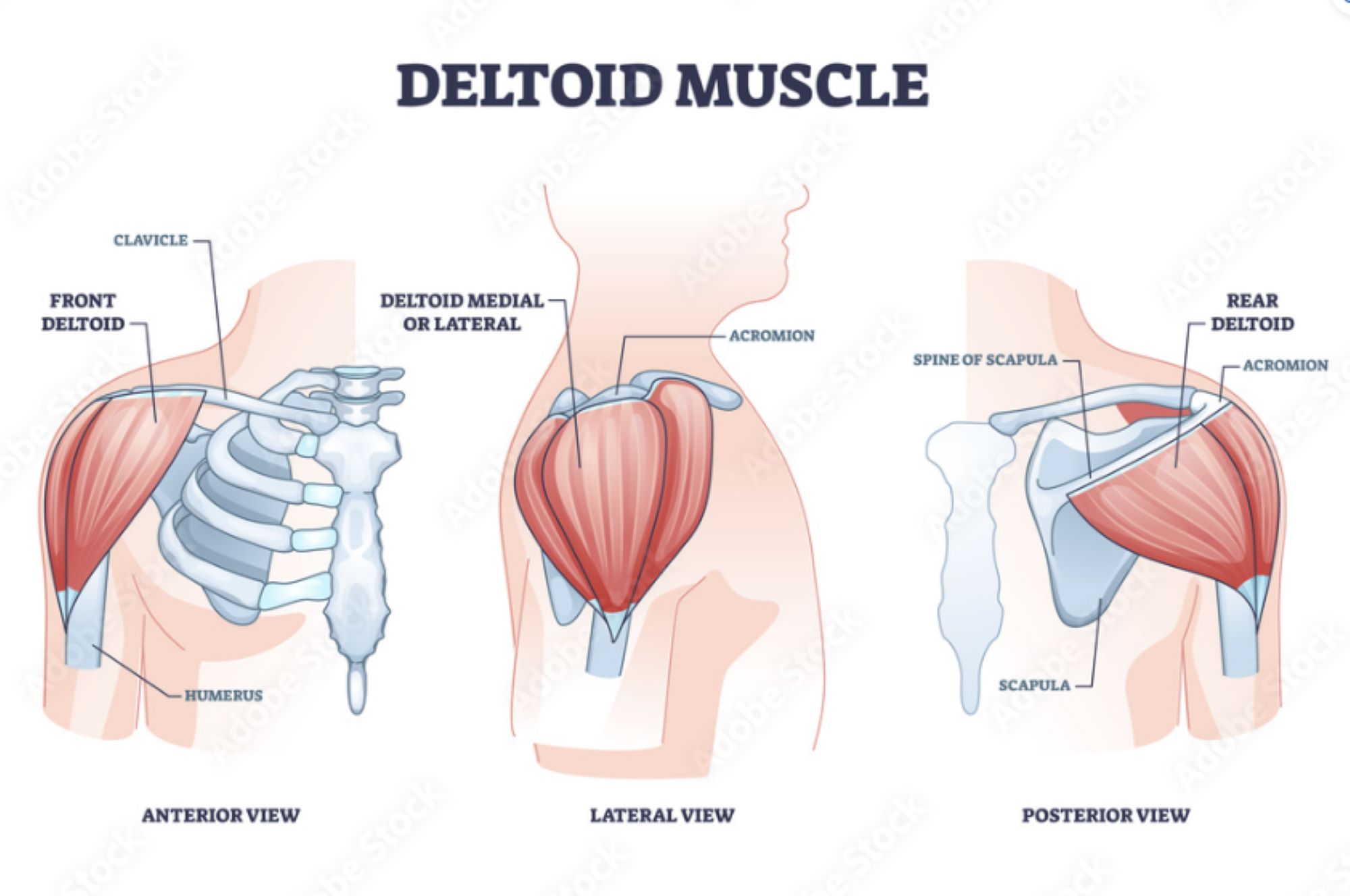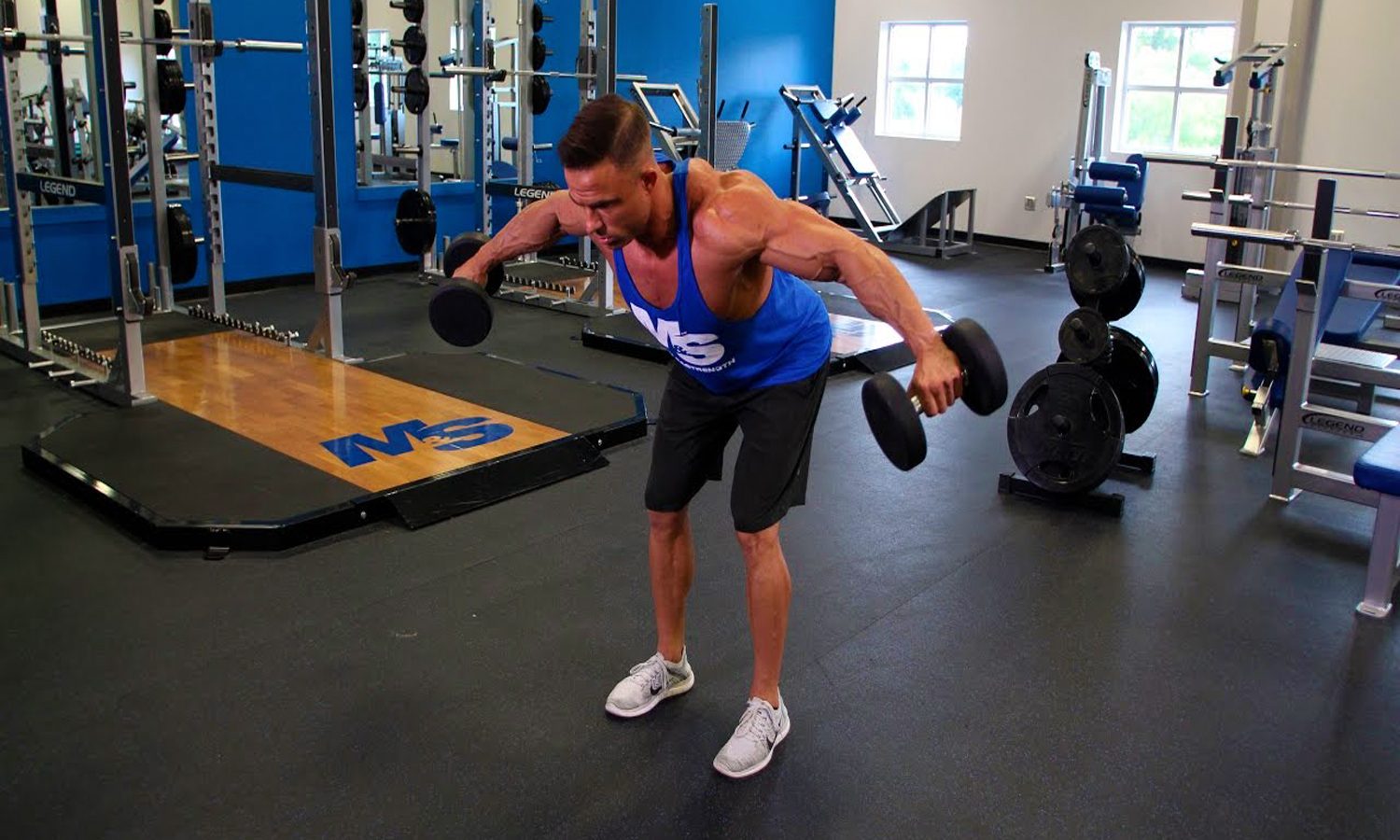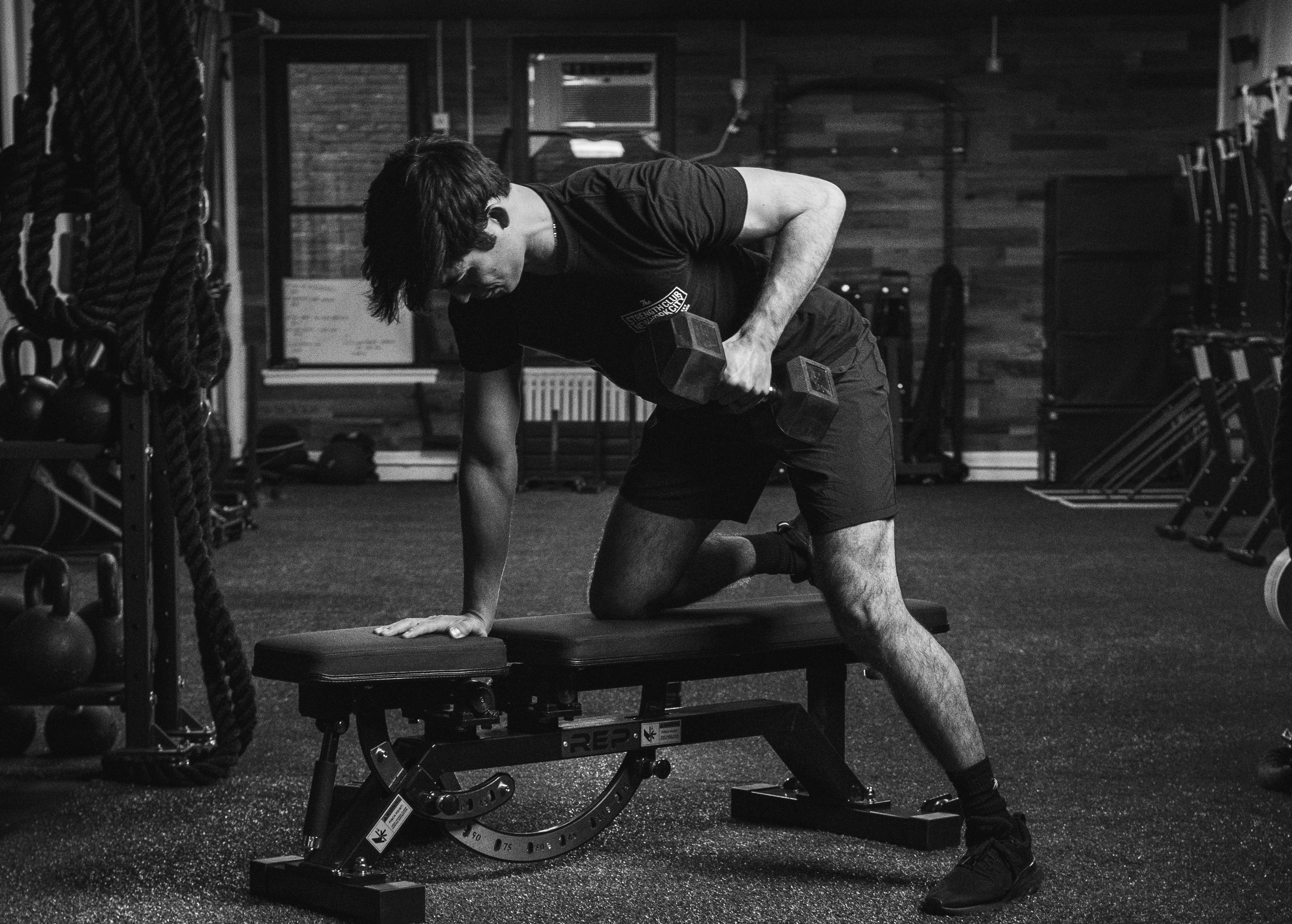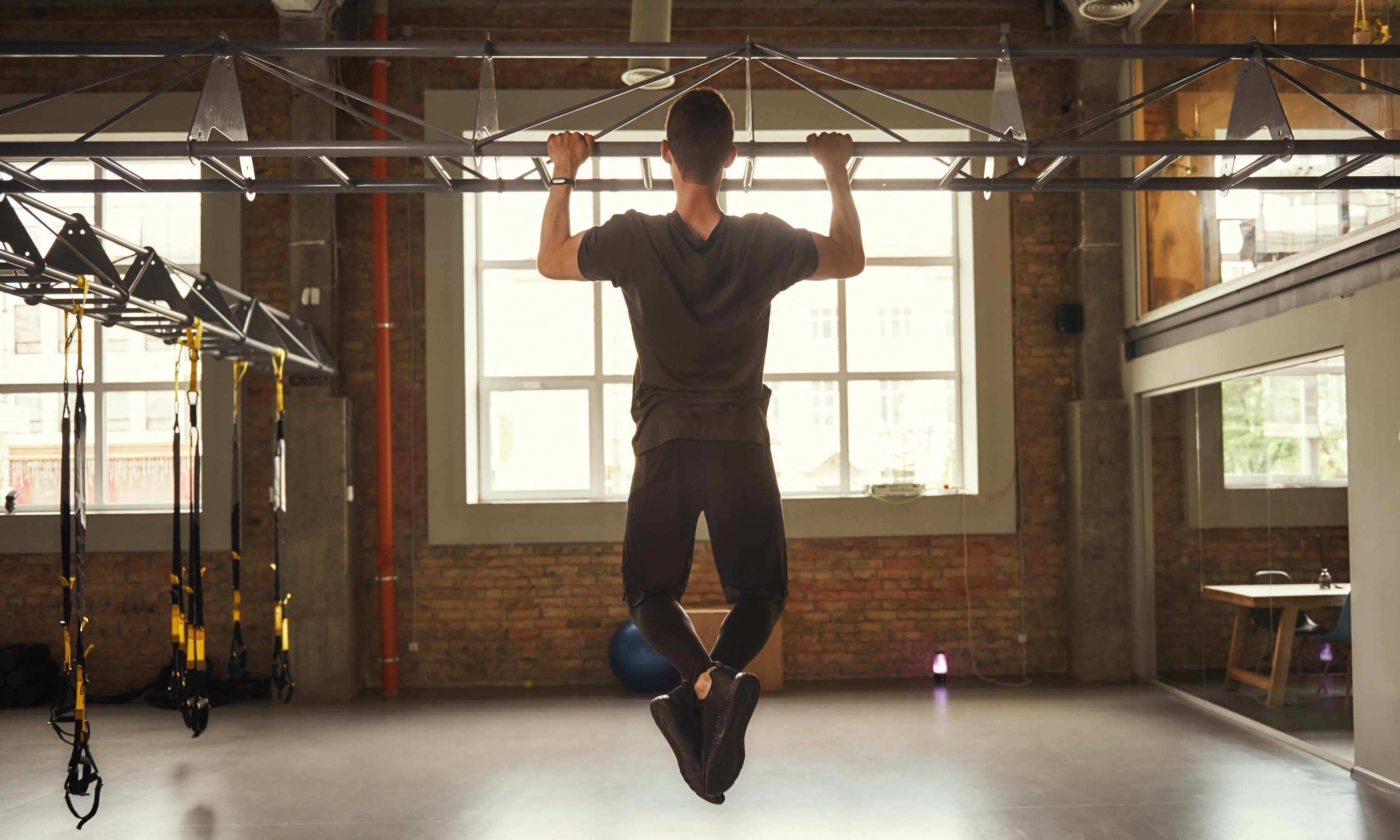
Bulking up isn’t all about biceps and triceps. The deltoid shoulder muscles play a big role in lifting and rotating your arms, as well as stabilizing the muscles in your arms and back. When it comes to boosting upper body strength and functioning, the deltoid muscles are equally important. Certain exercises specifically target your rear deltoid muscles. From the Lat pulldown to the bent-over dumbbell fly, here are the six best rear deltoid exercises to maximize your upper body strength and sculpt and define your shoulders.
What are the rear deltoid muscles?

You have three parts of your deltoid muscles that cover the top of your shoulder. Your rear deltoid muscles are shaped like an upside-down triangle and located at the back of your shoulders, connected to your shoulder blades. These important muscles stabilize your back and shoulders and help you move your arm to the front, side, and back behind you.
Your deltoids work alongside other shoulder muscles, like your rotator cuff muscles, to assist you in performing various movements, including raising your arm out to the side. Swimmers, pitchers, tennis players, and people who perform frequent overhead arm movements might experience rear deltoid muscle pain or discomfort.
What are the benefits of rear deltoid exercises?

Rear deltoid exercises don’t just bulk up your shoulders and make you look more powerful; they also help you become physically stronger and lift heavier weights. Performing rear deltoid exercises could improve your posture and the health and functioning of your shoulder muscles, as well as enhance your ability to perform compound pulling movements, such as rows and pull-ups.
1. Bent over dumbbell fly

Bent over dumbbell flies open up your chest and work your shoulders, rear deltoids, and your main pulling muscles. This isolation exercise improves shoulder stability and targets your entire shoulder joint as you raise your arms up to the sides. You’ll also work your upper back muscles, like your rhomboids and infraspinatus. As the name suggests, you’ll need dumbbells for this movement, and you begin standing up and bending forward.
How to perform bent-over dumbbell flies:
- Stand up with your feet about hips-distance apart.
- Bend forward and hold one dumbbell in each hand.
- Extend and lift your arms out to the sides in an arc, and avoid bending your elbows.
- As you reach the top of the movement, squeeze your upper back and shoulder blades and expand your chest.
- Lower your arms back to your sides to return to the starting position.
- Repeat for your desired number of reps.
Top tips:
- Using lighter weights could help you achieve a full range of motion without overextending.
- You can perform this exercise in a seated position if you’re having difficulty standing and bending forward.
2. Lat pulldown

The wide grip lat pulldown involves using your shoulders and back and pulling muscles to pull the cables or bar down. This includes your lats and your rear deltoids. A wider grip better engages your lats and certain back and shoulder muscles.
How to perform lat pulldowns:
- From a seated position, adjust the height of the bar or cable if necessary and place both feet flat on the ground.
- Grip the bar with a wide overhand grip. Try to make sure your hands are a little wider than shoulders-width apart.
- Carefully pull the bar down towards your chest. Try to keep your chest up with a relatively vertical spine.
- Squeeze your shoulder blades together as the bar reaches just below your chin.
- Slowly release the bar back up.
- Repeat for your desired number of reps.
Top tips:
- The goal is to keep the movement slow and controlled.
- You can perform lat pulldowns standing up or sitting down.
3. One-arm dumbbell row

The one-arm dumbbell row is a compound exercise that’s effective for bulking up and boosting arm and shoulder power. This movement targets your lats, deltoids, biceps, pecs, rhomboids, and more. You’ll feel most of this movement in your back, shoulders, and arms. You’ll need a dumbbell and a bench to perform the one-arm dumbbell row.
How to perform the one-arm dumbbell row:
- Hold a dumbbell in your left hand.
- Place your right hand and right knee on the bench. Your left foot stays on the floor.
- Engage your core and try to keep a neutral spine.
- Press your hand into the bench and row the dumbbell up toward your waist.
- Slowly lower the dumbbell back to the starting position.
- Repeat for your desired number of reps.
- Switch to the other side.
Top tip:
- Try to keep your back flat and avoid flaring out your elbows.
4. Face pull

Face pulls are another effective compound exercise for enhancing the strength of your shoulders and upper back, including your rear deltoids and trapezius. Your trapezius is the larger muscle spanning your upper back and neck near your rear deltoids. You can perform face pulls with a cable machine or resistance bands.
How to perform face pulls:
- Adjust the cable pulley machine to the right position so the rope handle is slightly higher than your head.
- Take a step or two back and use an overhand grip to hold the rope handle.
- Lean back slightly, keep your elbows up high, and carefully pull the rope towards your face. Try to rotate your arms so your arms come up as you get close to your head.
- At the top of the movement, your hands should be on either side of your head.
- Slowly return the rope to the starting position.
- Repeat for your desired number of reps.
Top tip:
- Avoid letting your shoulders roll forward as you return the rope to the starting position.
5. Pull-up

The old-fashioned pull-up is an excellent way to work out your rear deltoid muscles and all of your primary and secondary pulling muscles. You can also perform an assisted pull-up by adding resistance bands as a counterweight to your body weight.
How to perform pull-ups:
- Grip the pull-up bar with an overhand grip and your hands shoulder-width apart.
- Pull your entire body up to the bar until your chin is level with or just over the bar.
- Engage your core and glutes.
- Carefully lower yourself back down until your arms are completely straight and you reach the starting position.
- Repeat for your desired number of reps.
Top tip:
- Using a wider grip can further emphasize the back of your shoulders.
6. Band pull apart

Many appreciate the simplicity of the band pull apart. All you need is a resistance band that you pull or stretch apart with your hands in an overhand grip. The band pull apart is one of the best workouts to feel the stretch and power of your rear deltoid muscles.
How to perform a band pull apart:
- Begin standing up with your feet about shoulders-distance apart.
- Hold your arms straight out in front of you and grip a resistance band on each end with an overhand grip. Start by holding the band with your hands about shoulders-width apart.
- Stretch the band as you bring your arms out to your sides. You should feel your shoulder blades squeeze together.
- Hold the pose for a moment before slowly returning the band and your arms back to the starting position.
- Repeat for your desired number of reps.
Top tip:
- Focus on control rather than speed and momentum.



